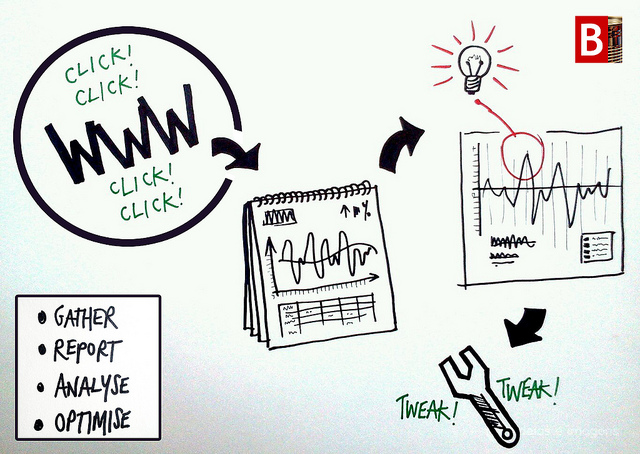
Today, the ability to seamlessly communicate and exchange information is the need of the agile market. It is vital for every organization to reduce the time to market which use disparate applications to perform several operations. Since these applications work and store data in different ways, the co-ordination is almost negligible. Organizational decision makers need to extract and combine the information from these applications separately which is again a time consuming and cumbersome process. To avoid these issues and enable applications to work in co-ordination with each other, Web Services have been evolved.
What are Web Services?
Web Services are software components that are used to enable communication between two or more applications or systems over the internet. They offer practical and cost-effective solution to combine the powers of distributed systems and allow users to leverage the same at the right time and for the right purpose. For e.g. information available from CRM can be directly merged with the data available from the ERP system at another location to adjudicate the ratio of Sales vs ROI.
Web Services are typical web technologies which are independent of hardware, operating systems, programming language which means applications built in different languages and platforms can seamlessly integrate with each other and exchange data over the internet using Web Services. In Web Services, exchange of information takes place over a port that is always open, which is then used by the end users.
Components of Web Services
Any Web Service is powered by XML and three core technologies which are WSDL, SOAP and UDDI. A more detailed information about these technologies is mentioned below.
XML
XML is a W3C (World Wide Web Consortium) specification that is used by developers to create their own customized tags to enable transferring of data between applications. XML consists of extensible markup language which are readable by humans and hencerenders easy communication with any software or application. XML provides simplicity and interoperability which is why it has achieved widespread acceptance for exchanging information between heterogeneous systems.
SOAP
SOAP’s are simple object access protocols. SOAP is a lightweight XML that encodes the request and later sends the information back over the network. Web Services use SOAP to send messages between applications regardless of their platform or programming language.
WSDL
Web Services Description Language, again an XML formatted language used to describe the functionalities and capabilities of the Web Services. Developer creating Web Services can describe the location and functionality of the services using WSDL documents. It acts as a link between client service and server and enable data exchange in a standardized way.
UDDI
Universal Description, Discovery and Integration is an XML based online directory standard governed by OASIS (Organization for the Advancement of Structured Information Standards). It is often described as Yellow Pages of Web services that allow businesses to register and search the Web Services they want.
Utilizing Web Services can be really helpful for businesses spread across different locations utilizing common applications. Over and above these, there are several other advantages that Web Services provide
Advantages of Web Services
1. Interoperability
One of the biggest advantage Web Services offer is interoperability. It empowers different machines working on different platforms to exchange information with each other which was impossible before. The usersonly require independent XML technology and HTTP as a transport mean to integrate different applications with ease.
2. Lowers Cost
To enable different machines communicate with each other developers use SOAP which encrypts the request received from client side and sends the asked information back to the client. This is how SOAP reduces time of exchanging data which results in reducing the overall costs of distributing and maintaining information at particular locations. Plus, the same Web Service can be used multiple times by any number of clients to perform a desired task which gives it a competitive advantage of not writing the codes again for different platforms. This can help in saving costs to a huge extent.
3. Widening Accessibility
Once a Web Service is exposed on the internet it makes it available almost to everyone. This allows a number of applications to use the functionality which earlier was limited to a few applications. So, Web Services in a way help broaden the usage of existing functions and widens accessibility of applications.
How Web Services are used today?
One of the best examples of implementation of Web Services done by any company is eBay – It has more than 100 Web Services which offer various functionalities through which one can bid for books, buy books, customer reviews, ASIN Book numbers, etc. simultaneously. With implementation of Web Services, eBay has observed a considerable increase in its business through affiliates. As its product is now available to more and more platforms, it has increased its chances of earning more revenues. In turn eBay provide a fixed commission to the sellers, developing a mutually beneficial system.
Since the implementation of Web Services, there has been a considerable rise in the new services coming up in the online space which are in a way making the life of online users easy and awesome.
Photo Credit: Flickr/James Royal-Lawson



















